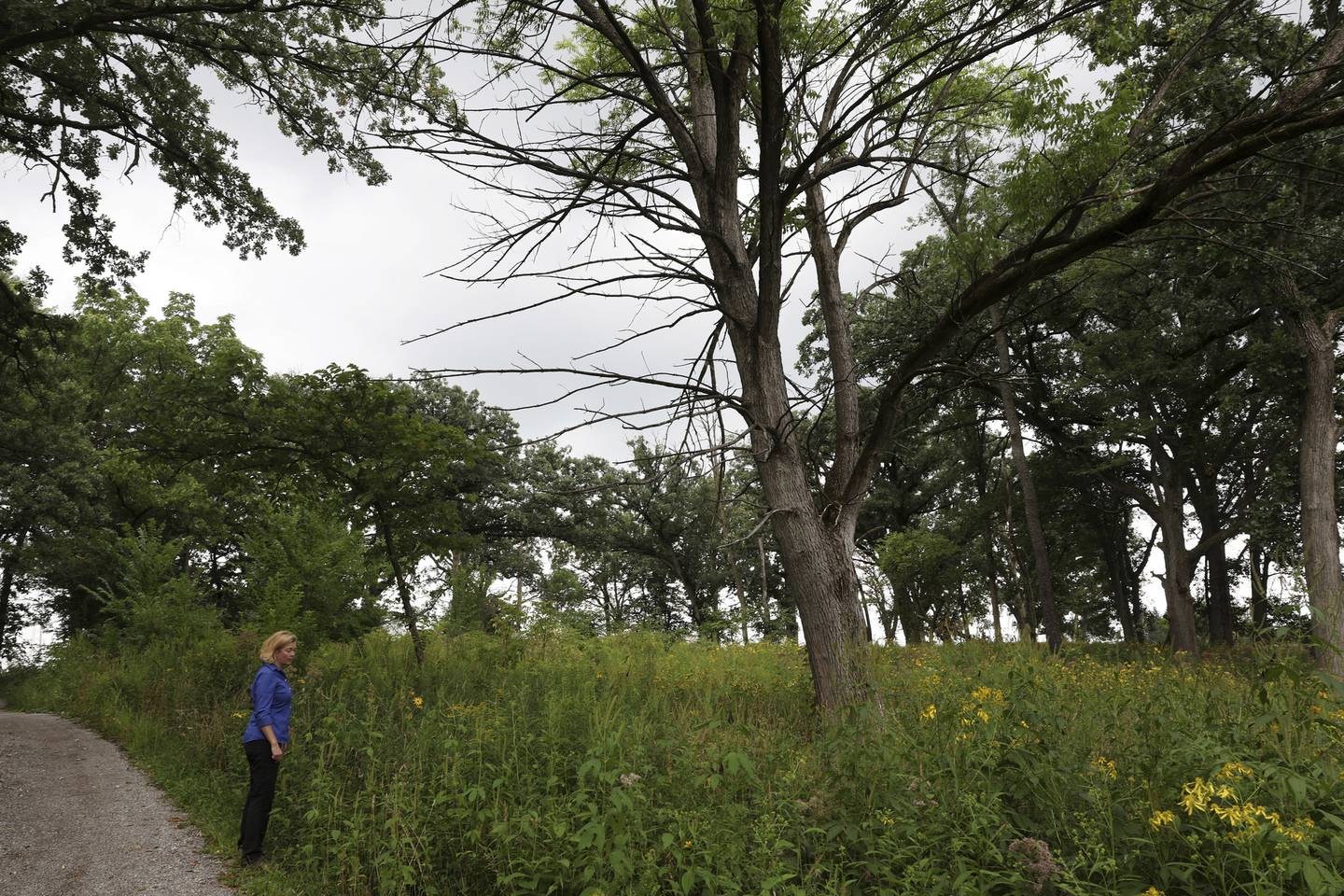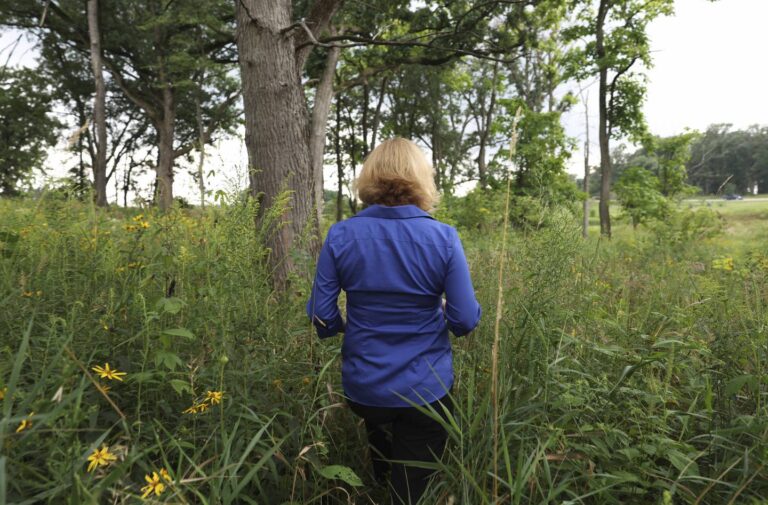Fluffy giant pandas and ferocious Sumatran tigers get more attention, but beloved backyard trees face extinction threats, too.
A new first-of-its-kind report on the conservation status of all 881 native tree species in the contiguous U.S. highlights the problem, finding that at least 1 in 9 species are now threatened with extinction.
Advertisement
American elms and ash trees are among the 10 tree species under threat in Illinois, according to the report, which will be published in an upcoming special issue of the journal Plants, People, Planet.
“I hope this spurs some action,” said senior author Murphy Westwood, vice president of science and conservation at the Morton Arboretum. “We’re losing biodiversity right here in our own backyard.”
Advertisement
Five years in the making, the report sought to bring American tree conservation up to date by identifying and assessing all native species.
The project drew on two widely used sources on threatened species, the International Union for the Conservation of Nature’s Red List and NatureServe. Researchers determined which woody plants met the Global Tree Assessment’s definition of a tree, reviewed the information in the Red List and NatureServe, and created over 700 new or updated threat assessments.
The final result is the first countrywide analysis of tree extinction risk, patterns of geographic and species diversity, and leading threats, according to the study. The authors hope the report’s detailed list of all 881 tree species and how they are faring will help experts prioritize and coordinate conservation efforts.
“If we want to be able to understand, care for and protect this biodiversity and our national heritage, we need to define and categorize it,” Westwood said.
A total of 11% to 16% of native tree species were determined to be threatened with extinction, most often due to pests and diseases.
One of the most dramatic findings was that 17 of the threatened tree species are not currently protected in any botanical garden, arboretum or seed bank.
“As a result, if they disappear in the U.S., they are gone forever. We have no insurance policy against extinction,” Westwood said.
Native trees face threats including invasive pests and diseases, climate change, logging and increased wildfires.
Advertisement
The percentage of threatened species in the report is low or average on an international scale; in Madagascar, more than 60% of native trees are threatened, according to a recent report. But Westwood said the percentage of species under threat in the U.S. was a bit higher than the just under 10% that she expected.
“It’s still bad,” she said. “We have a lot of protected areas, we’re a pretty well-studied country, and I think there’s a lot more that we can do.”
We can create more nature preserves, volunteer to improve habitat in existing preserves and remove invasive species, and join citizen science initiatives aimed at early detection of new pests and diseases.
Because climate change is a factor in tree decline, Westwood said, anything you can do to lower your carbon footprint also helps, including driving less and planting trees. Trees cool cities and capture and store carbon dioxide, a planet-warming greenhouse gas.
“Even the act of planting trees that aren’t threatened can help threatened trees,” Westwood said.

Afternoon Briefing
Daily
Chicago Tribune editors’ top story picks, delivered to your inbox each afternoon.
In the Chicago area, threatened trees include the American elm, a popular street and parkway tree that was devastated by Dutch elm disease in the 1980s and 1990s.
Advertisement

Local ash trees, categorized in the report as critically endangered, are still under attack by the dreaded emerald ash borer beetle. The insect was first detected in Michigan in the early 2000s and quickly spread to other states. It continues its march across the country, Westwood said, and was recently detected in Oregon.
The Morton Arboretum is already stepping up with conservation programs targeting some of the threatened trees in the U.S. that are not currently held in botanical collections or seed banks.
One of those trees, the Quercus tardifolia oak, was thought to be extinct, but researchers including Westwood recently located a single tree in southwest Texas. The scientists plan to collect grafting material from that tree producing a second tree.
The Q. tardifolia project was prompted by research on the conservation status of native oaks in the U.S., according to Westwood.
“We were looking at all these species and saying, ‘Wow, we need to do some work, and we need to take action,’” she said.







